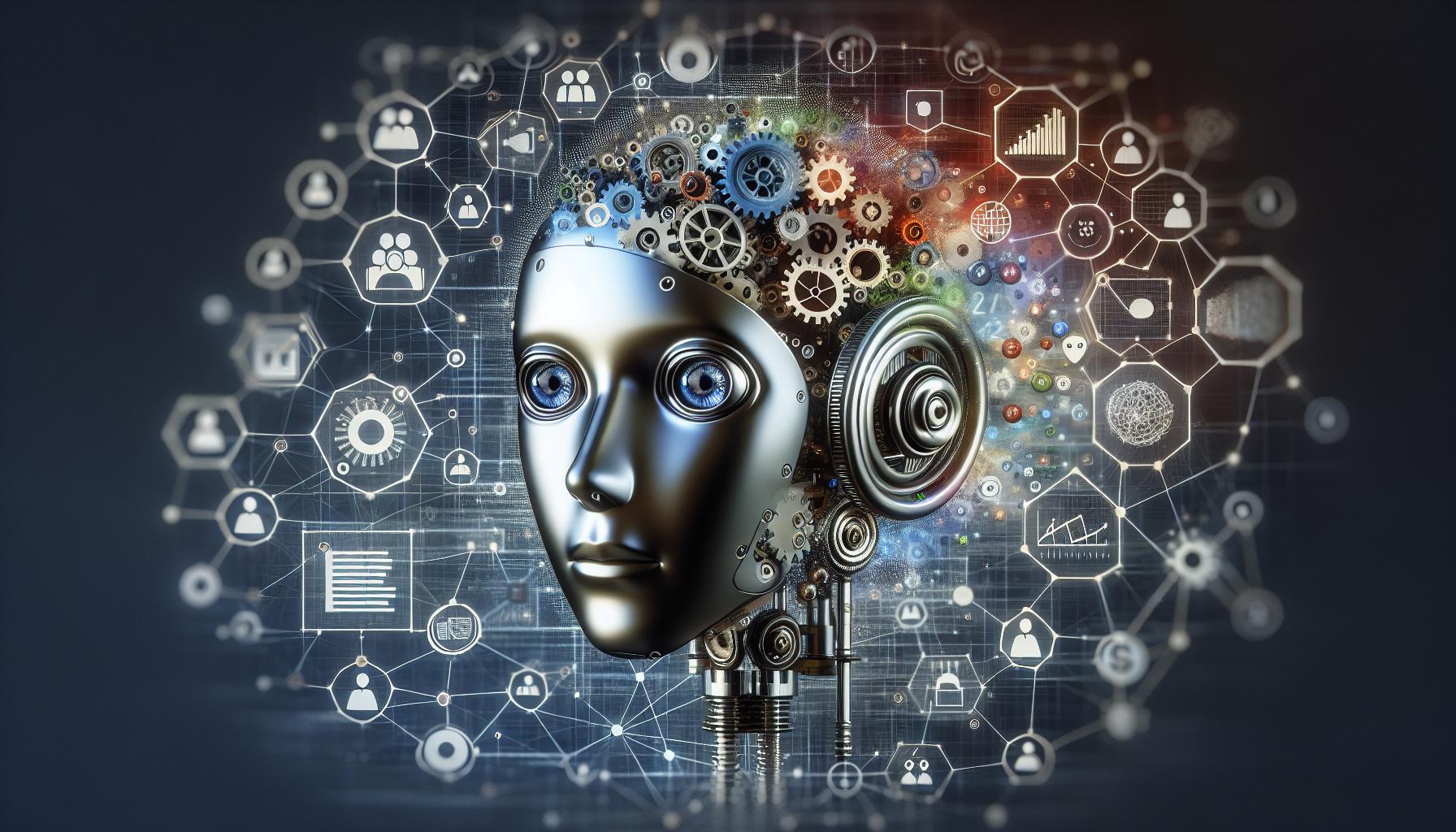Accelerate Your Business Outcome: Training Your AI Assistant

Introduction
Artificial Intelligence (AI), a booming tech buzzword, has become an integral part of countless businesses worldwide. This revolutionary technology is empowering companies to function more efficiently, offer finely tailored customer services, and accelerate their business outcomes. The crux of harnessing the AI's power lies in successful trainingóthe topic of our discussion today.
What is A.I. Training?
Simply put, A.I. training is a process that involves feeding data into an A.I. model, enabling it to learn, adapt, make decisions and ultimately, deliver outcomes based on its learnings. It's more like schooling your A.I. 'child', providing it with lessons, and empowering it to comprehend and respond aptly to future scenarios.
Importance of Choosing the Right Data Sets
Just as the right kind of education shapes up a human intellect, the selection of optimal data sets plays a pivotal role in crafting an efficient AI. The relevancy, quality, and diversity of the data you use for training can directly impact the AI's performance. The richer and diverse the data set, the higher the AIís ability to understand and respond to a wide array of situations. Using improper or irrelevant data can significantly reduce the AI's competence and might lead to unsatisfactory outcomes.
Step-by-step Process of Training Your AI
Training an A.I. is an iterative process encompassing the following steps:
1. Data Collection - The initial step involves gathering relevant and diverse data based on your business needs.
2. Data Preparation - Post collection, the data undergoes cleansing, normalization, translation, and other necessary adjustments to become fit for feeding into the A.I. model.
3. Model Training - Here, the prepared data is input into the A.I. model, allowing it to learn and make statistical inferences.
4. Model Evaluation - In this step, the trained model is tested on unseen data to assess its performance and diagnostic metrics.
5. Hyperparameter Tuning - Based on the evaluations, the model's hyperparameters get fine-tuned to optimize its capabilities.
Transforming Businesses with AI: Case Studies
Countless businesses across the globe have successfully utilized A.I. training to enhance their operations and overall outcomes. Here, we introduce you to some fascinating real-world examples.
A leading eCommerce giant used A.I. to personalize customer experiences, leading to a significant boost in conversions and customer retention. Similarly, a healthcare industry leader trained A.I. to predict disease outbreaks and assist physicians in diagnosis and treatment plans. A renowned tech company leveraged A.I. in their cybersecurity system and managed to outperform traditional methods, detecting threats with enhanced speed and accuracy.
Conclusion
Training your A.I. Assistant brings you a step closer to leveraging the immense potential of Artificial Intelligence. With a well-rounded approach to choosing the correct data sets and following an organized training procedure, businesses stand to experience accelerated outcomes, outclassing their competitors.




